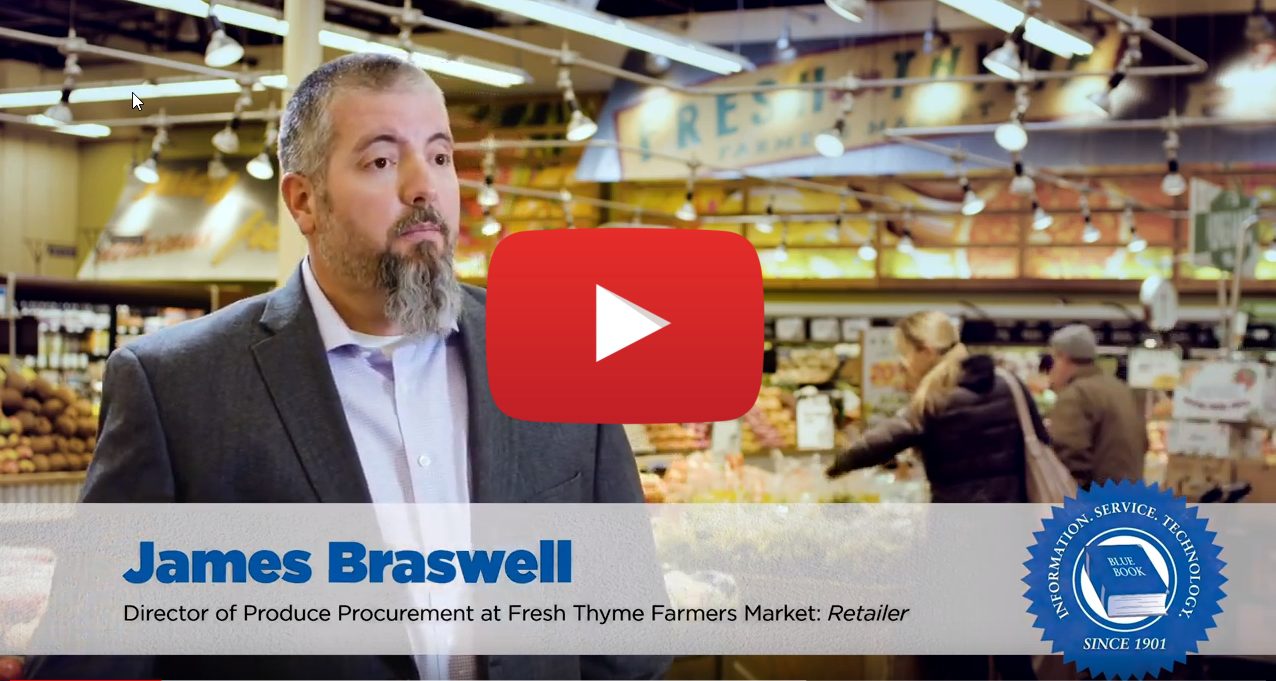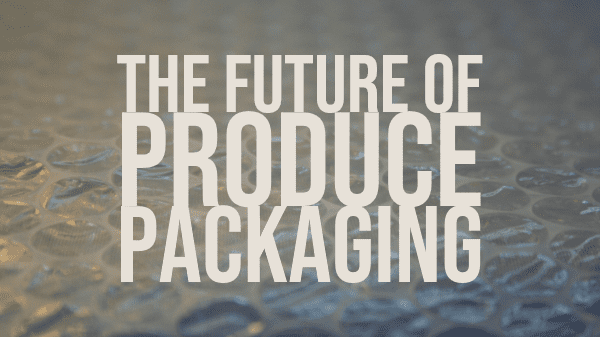Just as previous generations were raised on packaging made from wood, paper, and cardboard, today’s consumers are used to plastic and disposable bags.
But this, too, is evolving as newer, high-tech designs take center stage.
Convenience + food safety
Lidded trays, of varying sizes, such as those offered by Terphane, Inc. in Bloomfield, NY and other companies, are one of the newer breed of convenience packaging.
Terphane’s global research and development director, Marcos Fernandes Vieria, points to many practical benefits of lidded trays, including improved aesthetics, less food waste, easy open and close, better tamper resistance, and longer shelf life.
Terphane products fall into the modified atmospheric packaging (MAP) category to preserve freshness, and by design are fully recyclable. Fernandes Vieria says the packaging allows “retailers and supermarkets to display more fruit per shelf space and consumers see the whole content from all sides, as the lidding has antifogging functionality.”
In addition, he notes, “They’re easy to open, avoiding knives and unsafe utensils, have super-thin multicompartment trays, and lidding films that require up to 90 percent less plastic compared to clamshells.” The hermetically-lidded trays also have MAP to prolong shelf life, which in turn, helps with food safety.
Fernandes Vieria explains that another aspect of food safety is being addressed as well. “Terphane is about to launch a new tamper-evident resealable lidding film that is crystal clear, but changes to opaque once it’s open.”
Reducing waste
A reduction in waste and plastic usage is also at the forefront of innovation at the Wenatchee, WA-based Keyes Packaging Group, BB #:339773 according to vice president of sales and marketing Suzanne Wolter. The cost benefits experienced from developing and sourcing such alternatives are passed on to retailers and consumers, who benefit from reducing waste and trash disposal.
“Our products are 99 percent sourced from postconsumer and postindustrial waste,” Wolter says. “We utilize the waste newsprint and cardboard of approximately 217,000 households annually; for each ton of recyclable material used, Keyes Fibre saves 3 cubic yards of landfill space.”
Wolter cites the need to reduce landfill waste as a primary driver of sustainable packaging innovations, provoked by the desire for less plastic from retailers, consumers, and industry alike. Pulp fiber options being researched by the company could replace virgin pulp, preserving almost half a million trees annually.
But it’s not just environmental concerns that shape the company’s research.
“Packers achieve production efficiencies when they can pack apples into a tray rather than a clamshell or bag option. Our focus with our supply and manufacturing partners is on developing packaging that improves and enhances similar packaging efficiencies.”
This is multi-part feature on produce packaging adapted from the October 2019 issue of Produce Blueprints.



